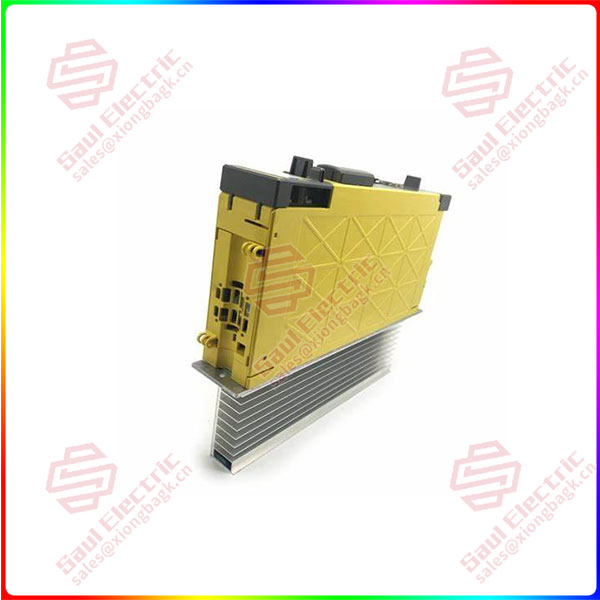EMS+ integrates AI algorithms to unlock a new paradigm of energy management in the automotive industry
At present, EMS+ focuses on industries facing the challenges of carbon reduction and digital transformation such as automobile manufacturing, food and beverage, mining, building materials and nonferrous metals, and new energy, which can bring a variety of visible and available corporate and group-level benefits while meeting the nature of their business. Especially in the automotive industry, Schneider Electric has rich industry experience and practical cases, and promotes the dual improvement of energy efficiency and operational efficiency in the automotive industry through the implementation of AI algorithms in the EMS+ industry.
With the help of AI algorithms, EMS+ helps enterprises reduce the energy consumption of public auxiliary power. Public auxiliary workshop is the energy infrastructure of the factory, covering air pressure system, refrigeration system, circulating water system, power distribution system, boiler system, etc. Data show that for production activities to provide water, electricity, gas, cold, heat and other public auxiliary power consumption accounts for about 30%-60% of the entire plant energy consumption. Schneider Electric has integrated AI algorithms into EMS+ applications to provide optimized control solutions for chillers and air compressors for a large automotive group, with an overall energy consumption reduction of about 10% to 15%.

A06B-6117-H104
Ai-enabled, EMS+ optimizes customer operations by enabling energy forecasting, which refers to the prediction of the future state of the demand for various energy sources and their proportional relationships. For energy index management, correct energy forecast is the basis for formulating reasonable energy consumption assessment index, and also the basis for the smooth implementation of energy management system. In the automobile industry, the energy consumption of a single vehicle is greatly affected by the output and the season (outdoor temperature), and it is difficult to establish a fixed mathematical model for quantitative analysis. In this case, the regression algorithm of big data analysis can be used to predict the comprehensive energy consumption, non-production time energy consumption and electric energy demand of the workshop, and the production scheduling can be further predicted based on energy consumption, and the production scheduling plan can be optimized.
EMS+ and AI algorithm are integrated to find the rules in the production process of enterprises through machine learning algorithms, and to achieve the optimal solution of the global equipment combination and parameters in the production process of enterprises under the premise of meeting the production safety through operations research algorithms, so as to help enterprises realize the optimization and energy saving of the production process. EMS+ combines AI algorithm in the typical high energy consumption supply section to further explore the energy saving potential around the production process. Taking a large automobile production base as an example, the dynamic sensing system and equipment optimization algorithm of the body of the painting process developed by Schneider Electric EcoStruxure™ AI engine are applied in its automobile painting line. The opening/closing time of the drying furnace equipment is optimized, and the planned shutdown time is optimized to effectively help the automobile production base achieve energy saving and efficiency improvement in key process segments, and the energy saving income is expected to exceed one million yuan per year, and the investment can be recovered in two years.
Under the “double carbon” goal, the development of enterprises should take into account green emission reduction and cost reduction. From the perspective of technical route, the establishment of a set of sustainable energy management system long-term planning, through digital technology to improve operational efficiency, through green low-carbon technology to achieve energy saving and emission reduction, has become the best solution for the automotive industry to achieve sustainable and high-quality development. As a global expert in digital transformation in the field of energy management and automation, Schneider Electric will adhere to innovation-driven, through the integration of energy management and industrial automation, mining more artificial intelligence, big data technology applications in industrial scenarios, combined with more digital solutions, to help the automotive and more industries faster and better crack the “dual carbon” challenge, win the future.
 1 Year Warranty
1 Year Warranty





